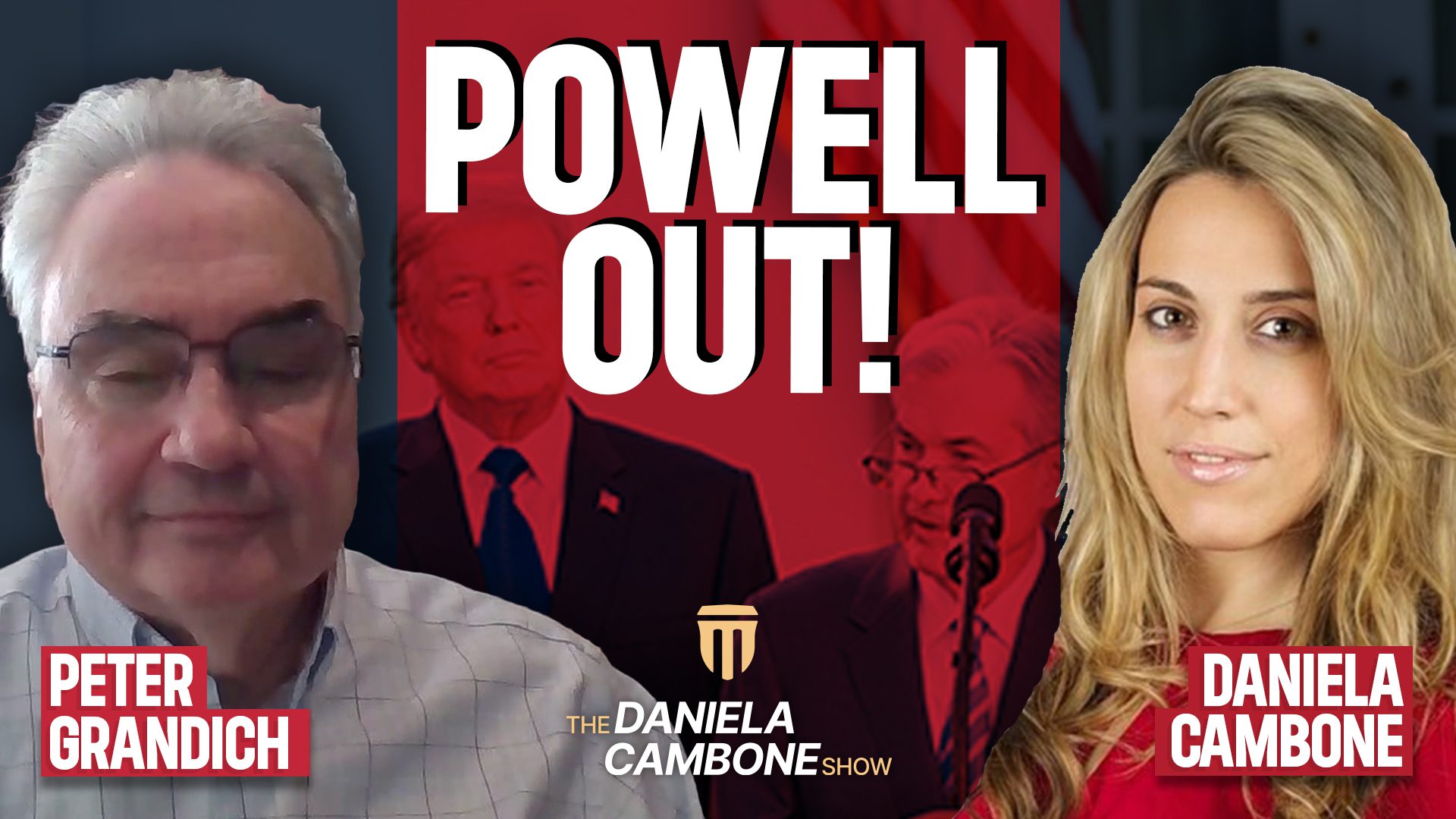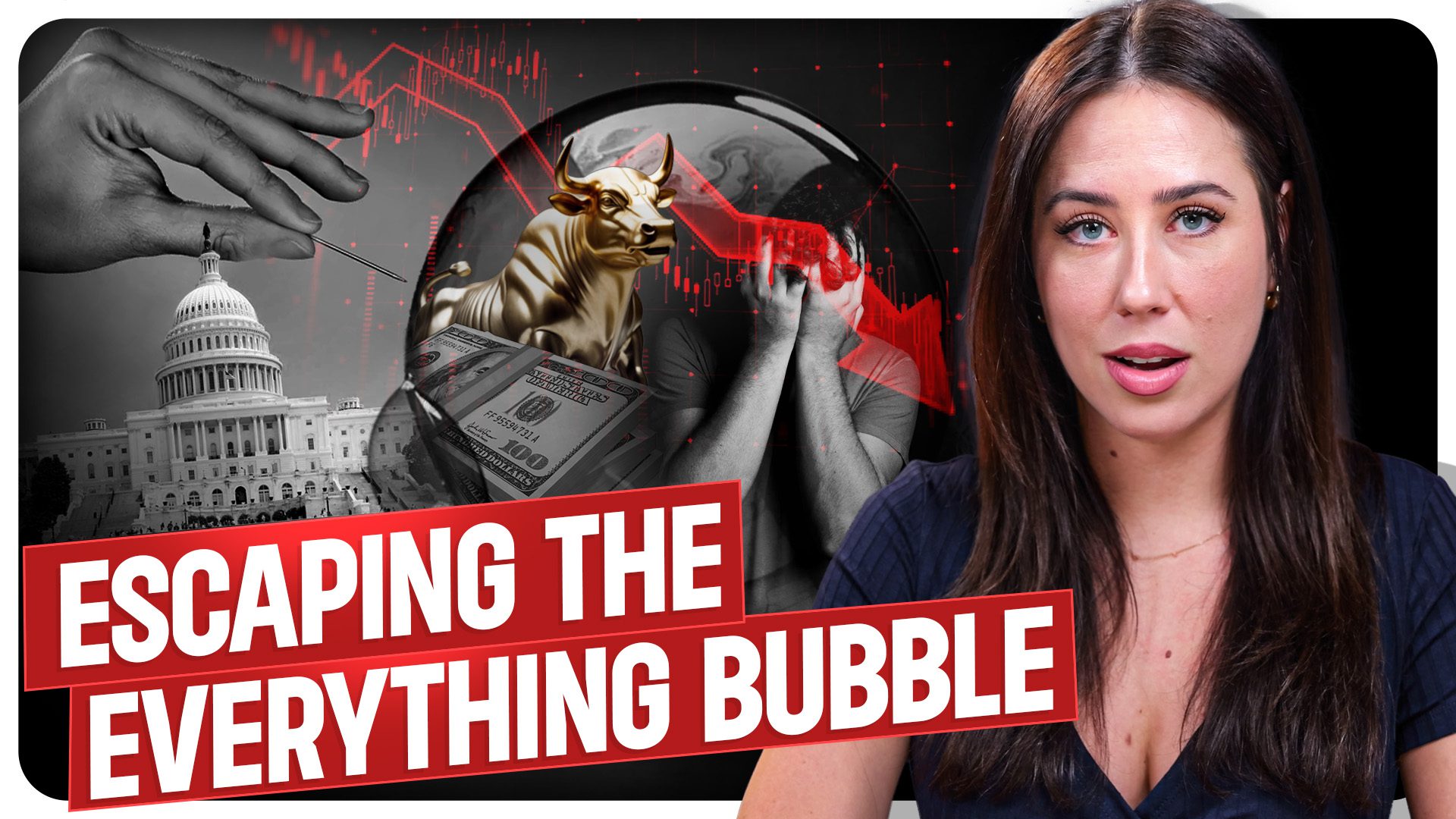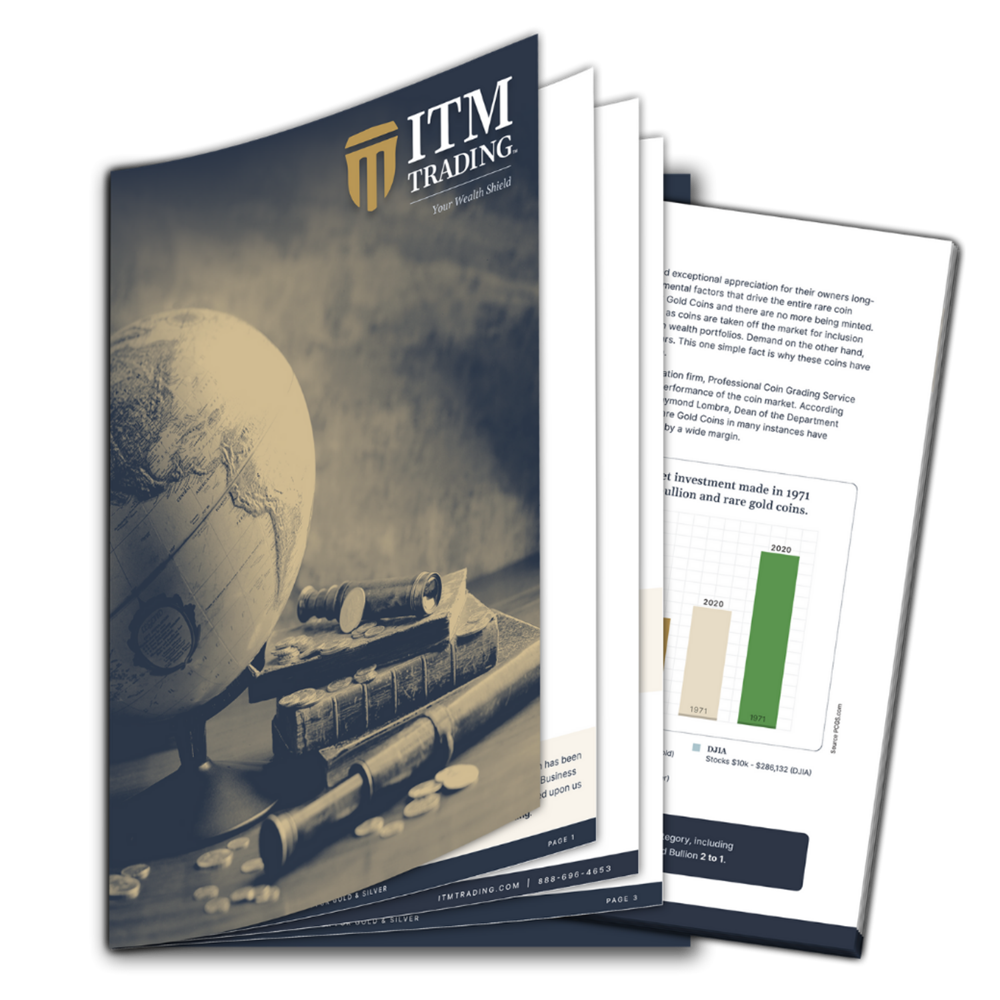Gold Standard

A gold standard is a monetary system in which an economic unit of account is measured by its fixed weight in gold. Meaning the government can only print X amount of dollars for every one ounce of gold they have in reserve. There are two main ways a gold standard works, one in which gold coins are circulated and one in which they are not.
When gold coins were circulated, like they were in the United States from 1795 to 1933, paper money was also circulated. $20 in paper money was equal to $20 in gold. Then in 1933 the US switched to another type of gold standard in which gold coins were not circulated; only paper money existed. The dollars were not redeemable in gold for individuals, but nations could convert their dollars for gold. This removed the US from the gold standard domestically. The general public was not allowed to own gold bullion, which was the case from 1933 to 1974.
In 1971 Nixon closed the “gold window†effectively taking the US off of the gold standard internationally. Now the Federal Reserve could print money at will. There is no longer a need to have gold in reserve to accommodate printing. When Nixon closed the gold window all countries worldwide went off of the gold standard. Many nations were on a de facto gold standard by being pegged to the dollar.
Since 1971 the US has been increasing the money supply faster than it ever has. Without a gold standard the Fed and the Government are left unchecked. Paper dollars are continually devalued thus shifting money from the hands of the public into the hands of the government and central bankers through inflation. In order to stop the madness the US needs to return to some sort of gold standard. This will give strength to the currency once again. Without it the dollar will continue to be inflated until its ultimate collapse, just like every other fiat currency in history.
World Bank President, Robert Zoellick mentioned in 2010 that he believes that a new world reserve currency should be established, one that is weighted in a basket of currencies and includes gold.
Gold continues to be a monetary metal, real money. Central banks and institutions are buying it in order to hedge against inflation and protect their reserves from US money printing. This is something that we should all consider doing for ourselves.














